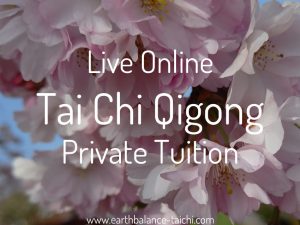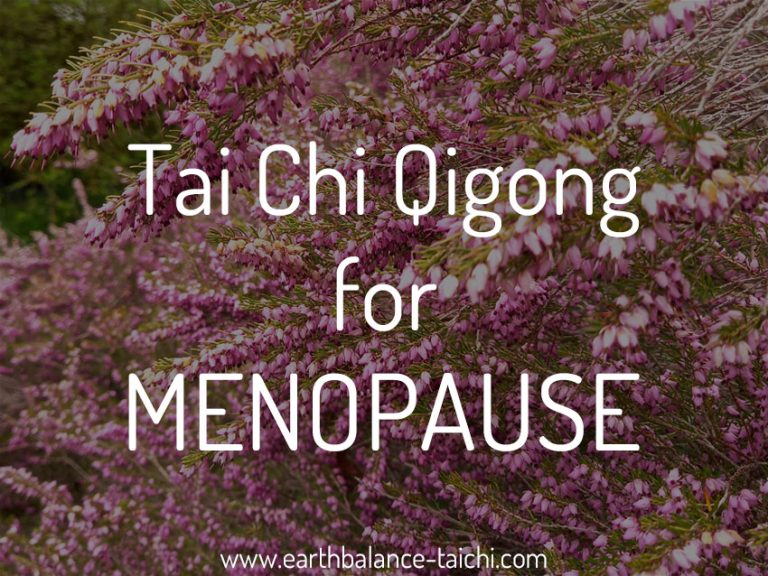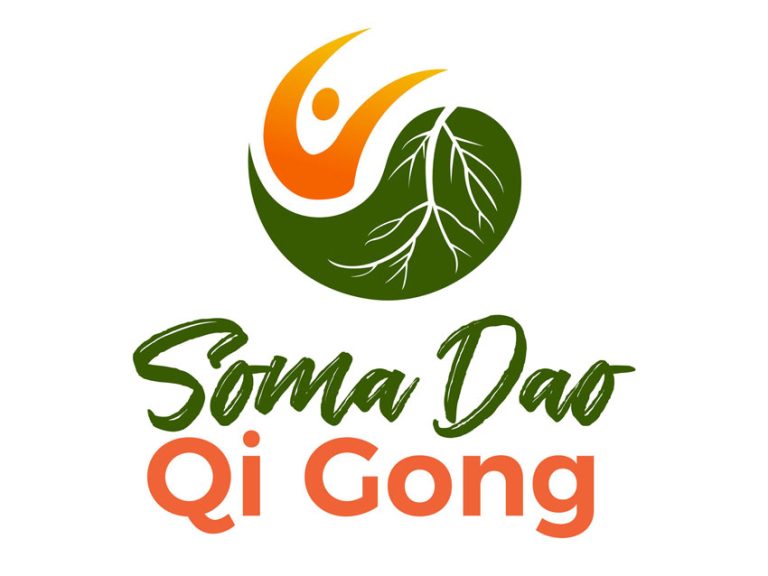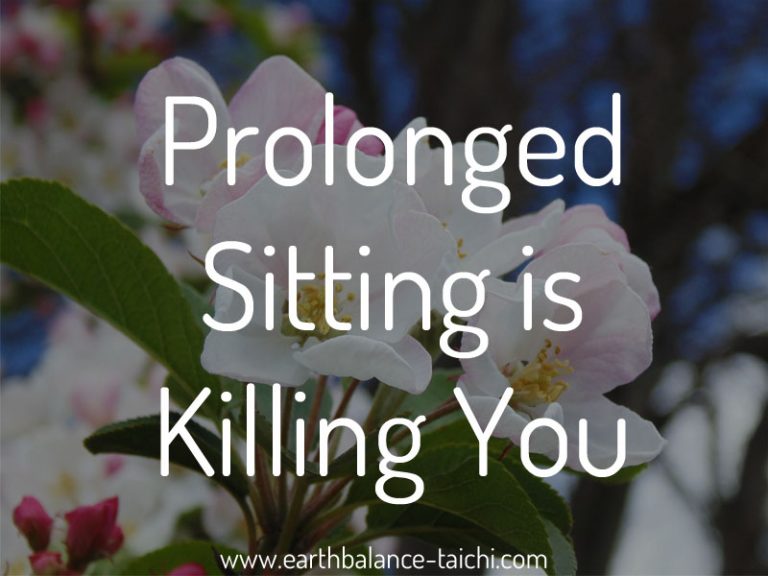Not a Quick Fix
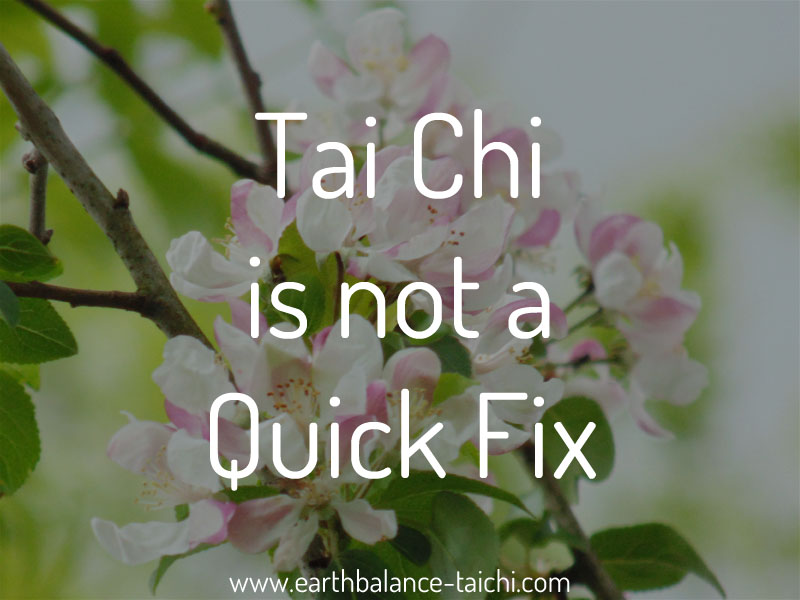
Not a Quick Fix
Is Tai Chi or Qi Gong what you think? Lots of new students come into a class saying “I’ve always wanted to do Tai Chi, it looks so soft and gentle, with the wavy hands in the air.” People are drawn to the Classical Chinese practices for many reasons, and often people don’t hang around.
In the modern Western world, the majority are concerned with external appearances, whether how much they weigh, how they look, how much muscle they have. Most are on the hunt for the easy route, a quick solution or the least effort for exercise and fitness as well as our physical, psychological, emotional and spiritual health.
We often focus on the desire for hard and fast results, what will I get? How will I feel? What will this give me? Will x, y, z improve? What can this do for me? What can I expect? How long will it take to learn the form/set/method? Why do we have to repeat that movement again? Why don’t I feel different after a few weeks? etc.
The internal martial art of Tai Chi, the ancient movements of Qigong and the internal energy work of Taoist meditation offer something different. We enjoy the journey of learning, we relish in the struggle of complexity, we love how we feel through our training and progression, we love knowing where we are going but we don’t worry about reaching that point, we love sharing our highs and lows with our fellow students, we are content with making mistakes over and over again and practice through our mistakes with a smile. We are simply enjoying every moment of these traditions.
Although that said, this offering of something different is not quite right. There is a huge caveat…….. those who practice can experience the many health and wellbeing benefits. But only those who practice, and practice and practice, regularly and accurately. You cannot expect great improvement by attending 1 hour a week in class, this is not real practice. If only this was all you needed to become healthy, happy and live a long life.
Most beginners initially struggle to slow the body down, or copy the movements, and so they give up. To learn to feel your way through the many layers of deliberate movement, from softening the muscles to opening joints and deep breathing takes a long time. To let your body make mistakes again and again as you create a new method of movement. To find grounding and balance, to move from your centre and find unity in the movements, to settling the mind without distraction, interruption, negative thinking or giving up. Learning all of this, whilst moving with slow grace, coiling and spiralling deep power takes a long time. I should know, I’m still working on it.
Anything in life that is complex takes a long time to digest, assimilate and replicate. This encourages us to slow down our learning process A L O T. Tai Chi and Qigong are meant to be learnt very slowly. A lot of students get discouraged by their slow development and give up, blaming themselves, their instructor, environmental influences, time, energy, family or that their dog ate their homework.
Tai Chi and Qigong are practices where you take all responsibility for your own learning, practice and development. If you practice 1 hour a week, you can expect that level of development. If you practice 6 hours a week you can expect that level of development. If you rush through your form without thought or connection to your body or the principles of movement, you can expect that level of development. Whatever you practice is what you will receive back....no more.
Our classes as with all Tai Chi schools are designed for slow progression. Some weeks are progressive, some plateau, some regressive and some reflective. Again a caveat, most students leave when they plateau or regress, without realising that mistakes are made again and again and there is no quick fix. Mistakes are not wrong, they are a positive part of it. It’s natural for ebb and flow in your training, as much as there is in life. Just think of your training like a natural tide, rolling in and rolling out, sometimes stormy, sometimes calm, always flowing.
Another important point is that both Tai Chi and Qigong can be as gentle or as dynamic as you would like. You are in complete control of your training, both in class and in your home practice. It's not about how hard you push your body to replicate your teacher's movements. Again follow the ebb and flow of your current baseline, live your own life and essence. The movements can be adapted through illness and injury and become a friendly companion through your life.
Tai Chi, Qigong and Taoist meditation can be a powerful tool for life if you practice frequently, diligently, correctly and with deliberate focus. To experience the many health and wellbeing benefits you need to be strong of mind, body and spirit, and apply effort and awareness to a lifestyle that nurtures and nourishes you. Many of us are simply not ready for such a change in our lives, some are now, some will be tomorrow. The Classical Chinese arts will always be there, whenever you are ready for change.
“Gently eliminating all obstacles to his own understanding, he constantly maintains his unconditional sincerity. His humility, perseverance, and adaptability evoke the response of the universe and fill him with divine light.” Lao Tzu
“It does not matter how slowly you go as long as you do not stop.” Confucius

